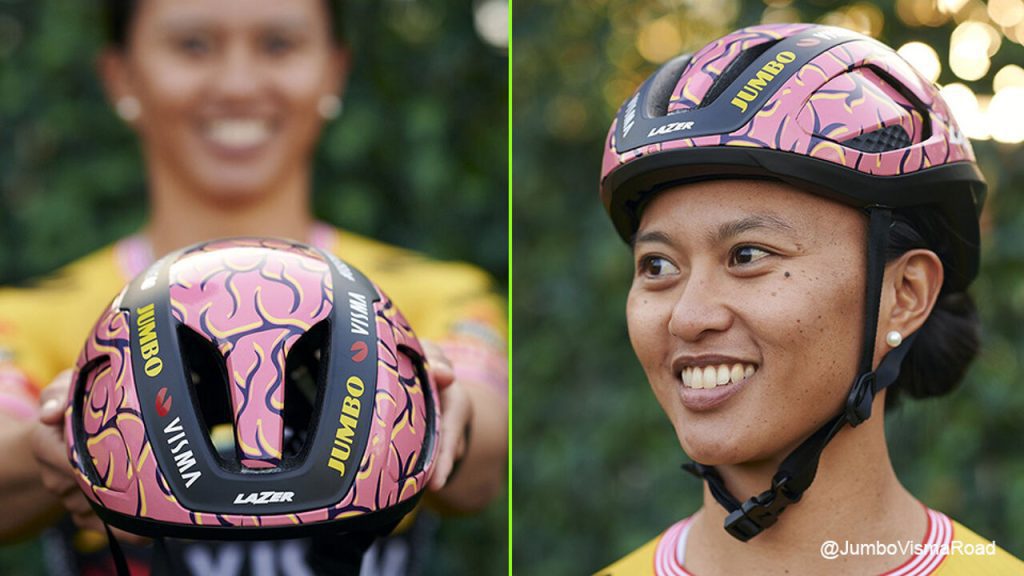Following serious falls in recent weeks and days, the SKA is calling for new measures and improvements to current initiatives to reduce injuries in cycling. Doctors suggest extra protection, a better bike helmet, and “fall training.”
“The number of falls in cycling races with serious physical and competitive consequences is reaching staggering proportions,” said the Sports and Inspection Doctors.
“More and more riders are going as far as they can. Or going beyond it.”
“The recent Tours of Flanders were won at an average speed of around 45 km/h, and on the descents speeds of up to 70 or 80 km/h are considered normal. During the mountain stages of the Tour or the Giro things go much faster.”
“While riders only need a simple crash helmet and
Wear a lycra suit,” sighed the SKA doctors, who were coming up with a series of measures.
New measures
- A must for riders wear more protection, They are integrated into tight clothing made of breathable mesh fabric to protect your elbows, shoulders, chest, back and hips. Such a shirt or jacket provides protection against the impact of a fall and can protect riders from severe scrapes that often keep them out of racing for days or weeks.
- SKA joins the votes for one airbag He begs. This protects both the neck and vital organs when the rider hits the road surface. Ideally, the airbag is integrated into a protective vest.
- Learning to fall should be included as a standard in cyclists' training. In the Netherlands Fall training better established. You learn to roll instead of hitting the ground. Nowadays, many clavicle or wrist fractures are caused by riders falling on their side or extending their hand to break the fall.
Tightening existing measures
- Best bike helmets: Current models do not provide sufficient protection for the temples and face.
- Course security: In recent years, more attention has been paid to safer furnishings (pads, mattresses, safety fences…) and danger zone signs. This trend must be systematically increased and continued.
- Optimally trained cycling doctors: All doctors involved in cycling must be familiar with proper protocols (including brain injury recognition) and trained in BLS (Basic Life Support) in order to provide optimal primary care in the event of accidents.
- Aftercare for injured passengers should be handled more carefully. He. She Teams should never take the advice of medical experts as non-binding or optional are considered.
- Better training for young cyclists focusing on Orientation and health technology (The mandatory sessions that the Belgian cycling company already organizes for youngsters are important in this context).
Taboos at sea
Sports doctors realize: “We will never be able to reduce to zero the risks of this fast and agile sport on two thin frames.” “However, it is time for SKA to take new and more comprehensive measures.”
Extra protection means extra weight. “But if everyone was required to wear it, that would not disrupt competition.”
“Some interventions will provoke resistance, just as bicycle helmets have done for a long time. Taboos should be thrown into the sea.”
“No intervention alone is a cure-all, but combined they can make a big difference,” the sports doctors concluded.

“Reader. Unapologetic web fanatic. Student. Beer buff. Social media scholar. Alcohol advocate.”











More Stories
Transfer news and rumours 29/08: Dendoncker – Keita – Van den Bosch – Hong
Tibao Ness and his girlfriend Anna have big news: “Finally”
Jenno Berckmoes wins first professional edition of Muur Classic Geraardsbergen, Rick Ottema fourth